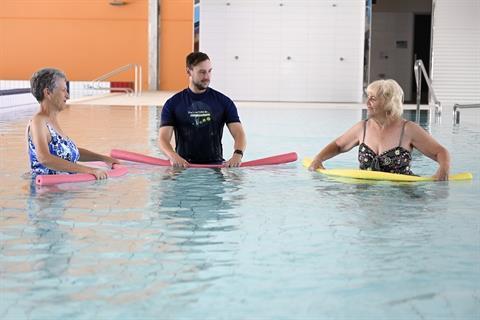
1 minute read
Aquatic Industry Trends and Challenges
Community expectations in regards to recreation, and how leisure time is used, is changing. This is driven by several factors.
Sport and recreation trends include:
• A gradual ageing of the population. • Flexibility in the times when people want to recreate. • Increased variety in leisure options. • Constraints to leisure participation. • Changing employment structures, trading, and work hours. • Aquatic areas usually require financial subsidy whilst health and fitness usually profitable. • Different people want different activities. • Provision of high standards and quality of facilities and services. • Desire for activities to be affordable. • Recognition of strong links between physical activity and health. • Expectations of equity and access. • Technology developments and impacts. • More sustainable and eco-friendly infrastructure. • Desire for both indoor and outdoor spaces.
Challenges for Providers:
• Consumer expectations – looking for facilities with a low cost to participate and long operating hours. • Changing population demographics. • Competition for participants. • High cost of aquatic areas due to labour and services costs. • Need to operate commercial activities to help subsidise aquatic area costs. • Maintaining and developing new facilities. • Well-trained personnel – volunteers and paid staff. • Keeping ‘pace’ with technology development.
21






